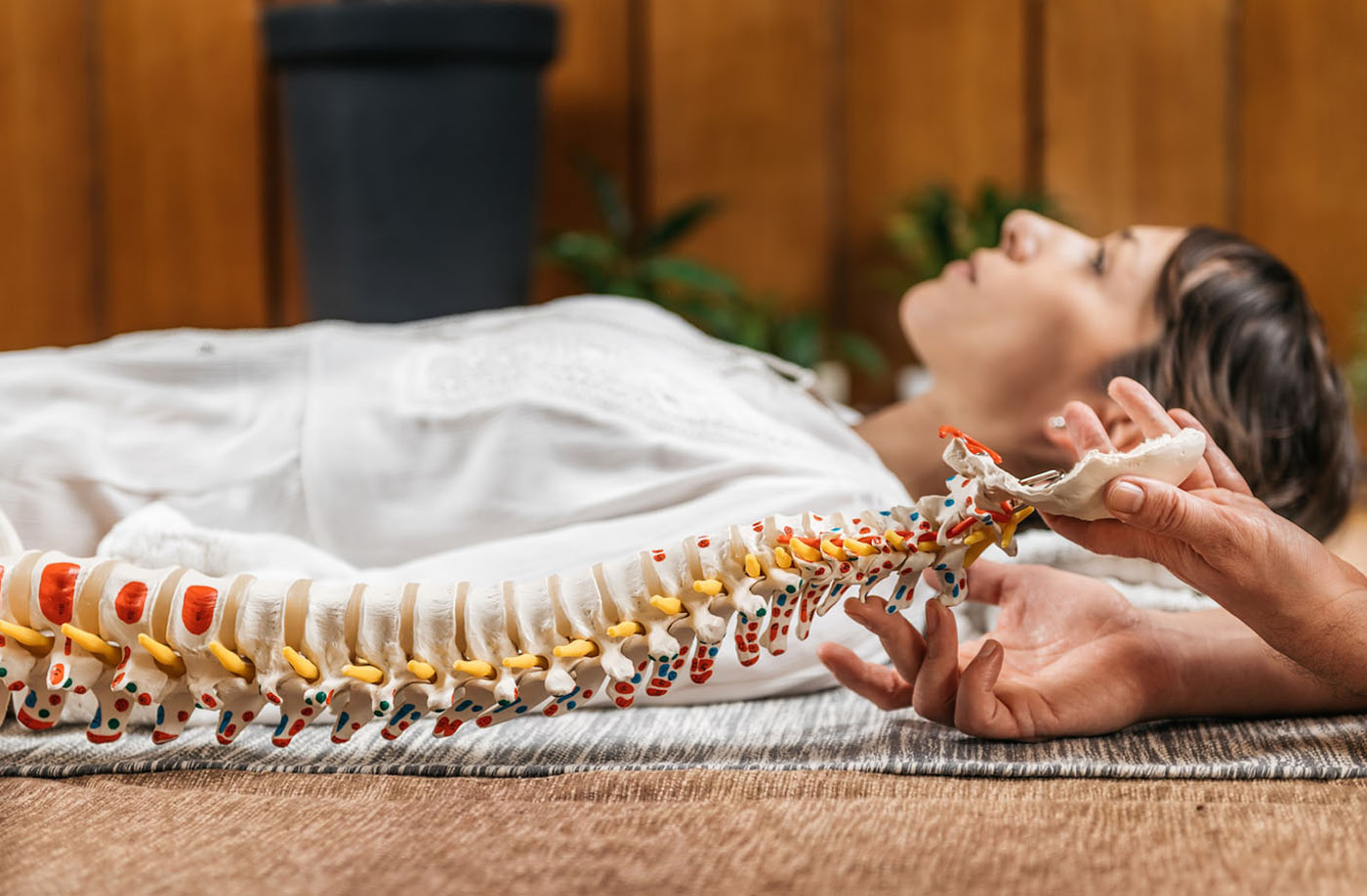Golf is one of the few competitive sports adults can play throughout their lives. As such, it is a great reason to get outdoors, socialize, and stay physically fit. While golf is accessible to athletes of all fitness levels, without the proper muscular conditioning and techniques, golfing may lead to severe lower back pain. In this article, we discuss the reason golf so commonly causes lower back pain and how you can avoid it.
Why do golfers experience lower back pain?
When you consider the biomechanics of a golf swing, it isn’t any wonder why golfers experience lower back pain. Golfers experience lower back pain because they repeatedly ask a lot of their spine, the spinal discs, and the muscles around the spine.
The greatest stresses on the lower back usually come when driving off the tee. The modern swing—popularized by Jack Nicklaus—involves keeping the lower back and pelvis rather straight during the back swing while twisting the torso (and the spinal column). The spine is forcefully twisted during the swing and ends the swing hyperextended. Golfers generate as much as 1,700 pounds of compressive force in their backs during a swing, but less than 1,300 pounds of compressive force can herniate a spinal disc.
Is lower back pain common in golf?
Lower back pain common in golf is very common. The lower back is the most common site of injury in men golfers and second most common in women golfers. In fact, low back injuries make up more than half of all golf-related injuries in men and more than a third of golf-related injuries in women. Low back pain is number one injury in the PGA Tour.
Should I play golf with lower back pain?
Exercise, including golf, can be beneficial for lower back pain, but a golfer with low back pain may need to modify their game. Golfers may need to build strength, increase flexibility, and improve their swing to play golf safely and comfortably. Remember, swinging a golf club should never cause severe pain; it could indicate a lack of conditioning, poor technique, a serious back issue, or all of the above.
Avoiding pain in your lower back: What you should do
To avoid golf-related lower back pain, golfers should develop several good habits on and off the links.
Strengthen core muscles – A solid golf swing starts with a solid core. The core muscles are the abs and muscles that surround the abs, including the obliques, pelvic floor muscles, and the muscles that run the length of the spine (erector spinae). The plank, prone cobra, and supine floor bridge exercises are perhaps the best ways for golfers to strengthen core muscles without putting excess strain on the spine.
Maintain spinal mobility and hip flexibility – Golfers shouldn’t only stretch when they swing a golf club. Golfers should slowly and smoothly stretch the muscles surrounding the spine. Twist the spine, rotate the torso, and extend the arms and legs gently and slightly pushing past feelings of resistance. Remember, do not use explosive force or pulsations; the goal is to stretch the muscles, not pull them.
Warm up before teeing off – While strengthening and stretching should be part of a golfer’s daily routine, muscles need to be stretched and slightly strained prior to starting the first hole. The first 20 swings should be practice swings.
Learn to swing properly – Swinging a golf club is a very complex movement. Many players tweak their golf swings to help them drive the ball farther. However, to avoid lower back injury, golfers should learn how to swing the club with the proper mechanics.
Tee-off at less than 100% power – This can be tough for a competitive golfer to hear and follow. However, a controlled, properly performed, moderately powered swing will reduce the risk of golf-related lower back injury and lead to a better first stroke. If a golfer has optimized their swing mechanics, they are going to get good power and distance from their drive without going all out. In fact, swinging as hard as possible makes it quite difficult to place the ball where it is intended. So, the golfer ends up sacrificing placement for distance. More relevant to this article, however, is that maximal exertion during a golf swing puts the lower back at greatest risk for injury.
When to see a doctor for your lower back pain
Not all lower back pain is the same. A golfer who experiences severe back pain with a loss of bowel or bladder control or weakness in the legs should seek medical help immediately, i.e., call 911. At the other end of the spectrum, mild back pain will usually go away on its own in days to weeks. Golfers who continue to have back pain for longer than two weeks despite taking oral pain medications, like ibuprofen or acetaminophen, should see a doctor. While most patients will not need surgery, often the best specialist to visit is a spine surgeon. A board-certified spine surgeon can offer the full array of surgical and non-surgical lower back pain treatments.
Artificial disc replacement to maintain back mobility
If golfers need spine surgery to treat chronic lower back pain, they have two options: spinal fusion and artificial disc replacement. Both of these surgical spine procedures will likely reduce low back pain and other symptoms; however, artificial disc replacement is a better option than spinal fusion for preserving spinal mobility—the key to every golfer’s swing. Fused spinal bones no longer move independently. The more spinal levels that are fused, the less able the spine is to bend and twist. Artificial disc replacement replaces the disc, so the spinal bones at the treated level can continue to bend, flex, and rotate similar to the native spinal disc. Every golfer who needs low back surgery and wants to continue to play golf after the procedure should consider artificial disc replacement.
In a way, artificial disc replacement not only preserves spinal mobility, it also preserves your golf game.







